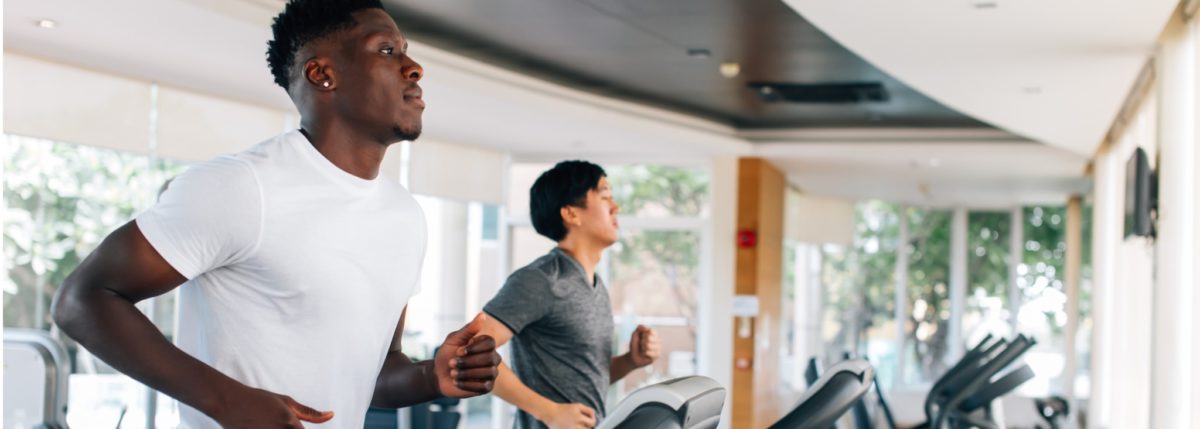T1D Exercise Basics
Type 1 diabetes (T1D) management for athletes is unique to the individual and depends on many variables including the sport, athlete’s health needs, length and duration of training, upcoming competitions, etc. The primary risks of physical activity for the T1D athlete are essentially two:
- Hypoglycemia (low blood sugar)
To prepare for hypoglycemia, keep at least 15 to 20 grams of fast-acting carbohydrates on hand at all times. Aerobic exercise, such as jogging, tends to drive blood glucose down depending on how much insulin is already active in your bloodstream. Learning how to adjust insulin doses and time your exercise accordingly can significantly reduce your risk of hypoglycemia during and after exercise. - Hyperglycemia (high blood sugar)
Certain high-intensity or anaerobic exercises, such as weight lifting or sprinting, can increase blood sugar levels. Learning how to adjust insulin doses and time your exercise accordingly can significantly reduce your risk of hyperglycemia during and after exercise.
Before your activity
Allowing yourself time to fuel up with enough carbohydrates is hugely important—you need stored glucose to burn! Athletes with T1D might find themselves increasing the amount of finger pricks they need prior to an event. Tim Atkins, an athlete with T1D, suggests going for insulin levels “as normal as possible in the two to four hours before exercise. Blood sugars can then be raised in the 30 minutes before exercise with energy gels or drinks.” Look for a routine and when you find one that works, stick as close to it as possible!
During your activity
It’s important to pay close attention to your body so you can manage blood glucose changes quickly. Always have the following on-hand:
- Diabetes supplies (blood glucose meter, insulin, syringes and spare pump supplies)
- Fast-acting sugar (sports drink/glucose tablets)
- Water
- Food
Because every athlete is different, there is no one answer for how to manage your diabetes while participating in an athletic activity. Here are a few factors to consider when developing your beginning workout plan:
- Intensity – Higher-intensity workouts burn glycogen stores more quickly.
- Aerobic versus anaerobic – Aerobic activity (jogging etc.) tends to lower blood glucose while anaerobic activity (lifting weights etc.) can raise them.
- Length of activity – Carbohydrates should be replenished every 30 minutes.
- Temperature – In hotter temperatures, athletes use glycogen stores more quickly. Prepare by packing fast-acting sugars like sports drinks and glucose tablets. Always stay well hydrated!
After your activity
It’s important to replenish glycogen stores post-activity. The effects of exercise can be felt for upwards of 24 hours. Hydration is crucial. Consuming “slow” carbohydrates, those with fat and/or protein, is also key.
Be flexible
Every athlete with T1D is different. What works for someone else might not work for you. Frustratingly, what works best for you one day might not work as well the next. Paying close attention to your body and your insulin needs demands more effort, but do your best to consult with doctors and to take the occasional step back to look for patterns, while analyzing what’s working and what isn’t.
Through safe trial and error, become familiar with your body’s response to your preferred modes of exercise. Try to keep records of insulin dosing and carbohydrate intake to see what keeps your blood glucose in range. Take the time to step back occasionally to see what’s working and what isn’t.
Read Christel Oerum’s Start Working Out with T1D.




